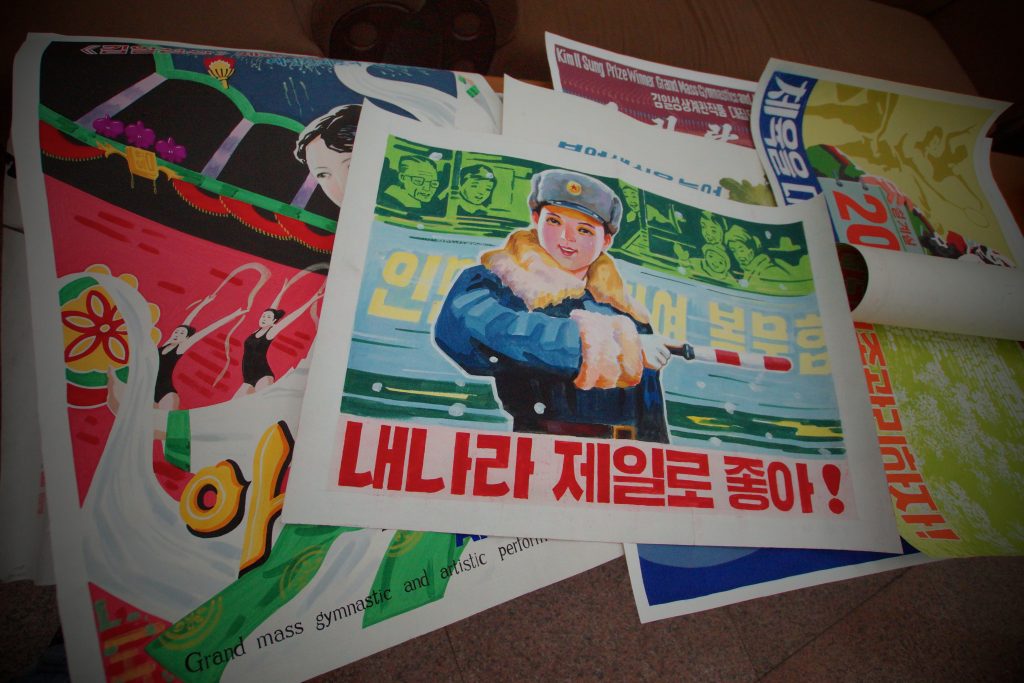Introduction to North Korean Traffic Girls
One of the most recognizable sights on the streets of Pyongyang is the cities, renowned traffic girls. The beautiful women dressed in crisp, stunning blue and white uniforms standing in white circles at the cities intersections directing the ever-growing traffic of the capital city have long captured the interest of first-time visitors to the country and veterans who frequently visit, becoming a sort of “cult icon.” But what does the future hold for the North Korean traffic cops?
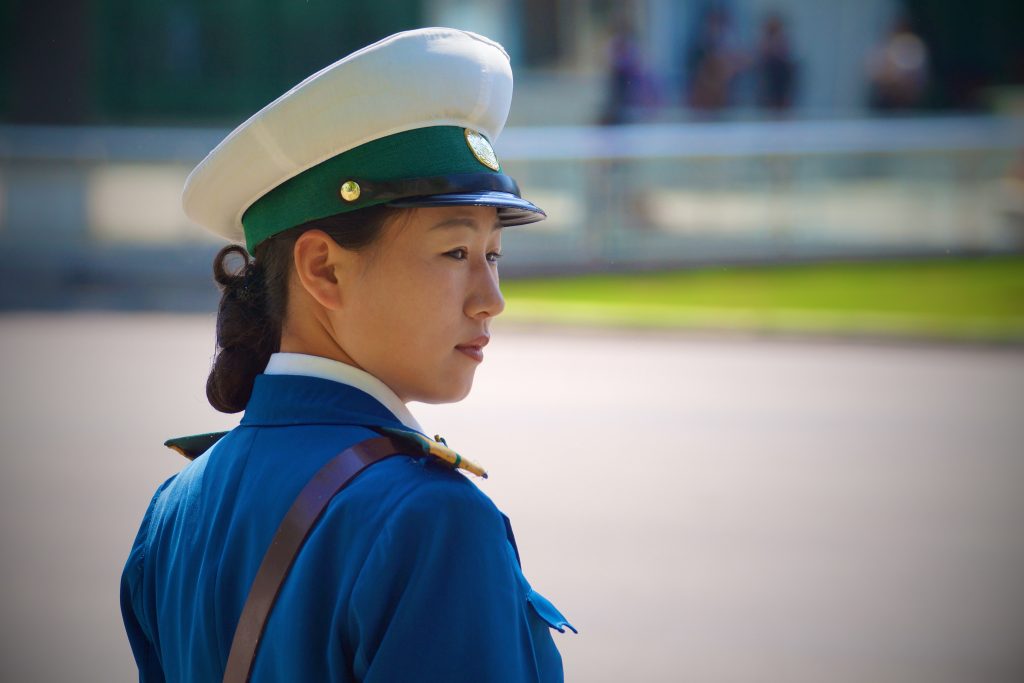
While these girls may be one of the most recognizable symbols of Pyongyang, their history and future, duties in and outside of Pyongyang and their role in DPRK media are often overlooked by visitors to the country.
Table of Contents
- History of North Korean Traffic Girls
- Driving in Pyongyang and Following the Rules of the Road
- Traffic Police Outside of Pyongyang
- The Story of Ri-Kyong Sim
- The Future of North Korean Traffic Girls
- Traffic Girls in North Korean Popular Culture: A Traffic Controller at the Crossroads
History of North Korean Traffic Girls
The North Korean traffic girls/traffic police inception came along with the rebuilding of the DPRK road infrastructure after the end of the Korean war. Without automatic street lights, their duty was to enforce the rules of the road in the DPRK and allow for traffic to flow with ease and order.
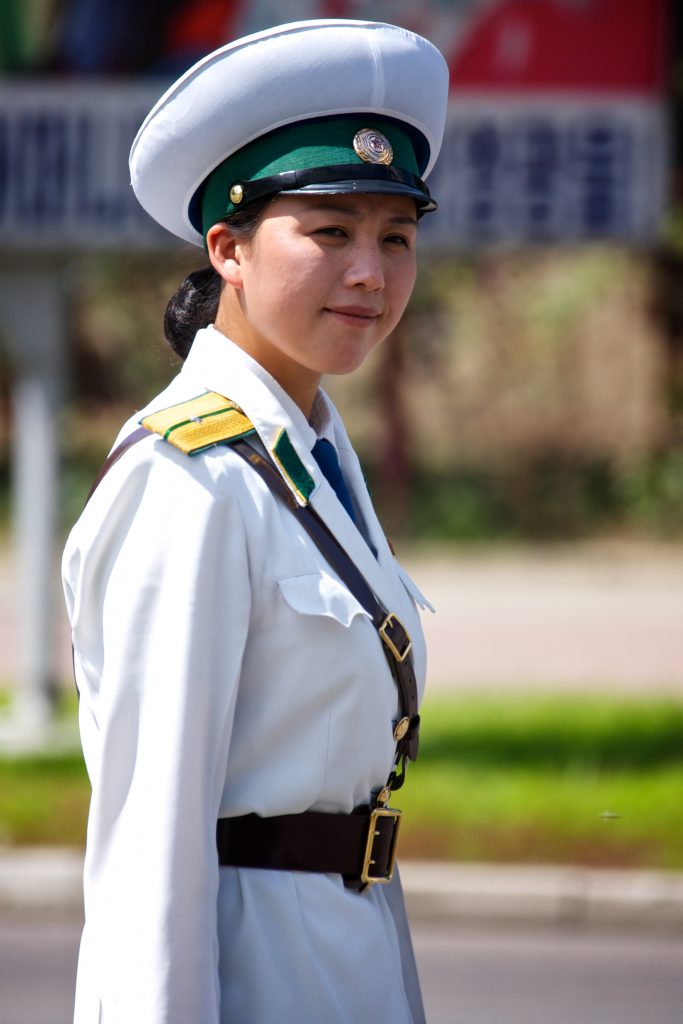
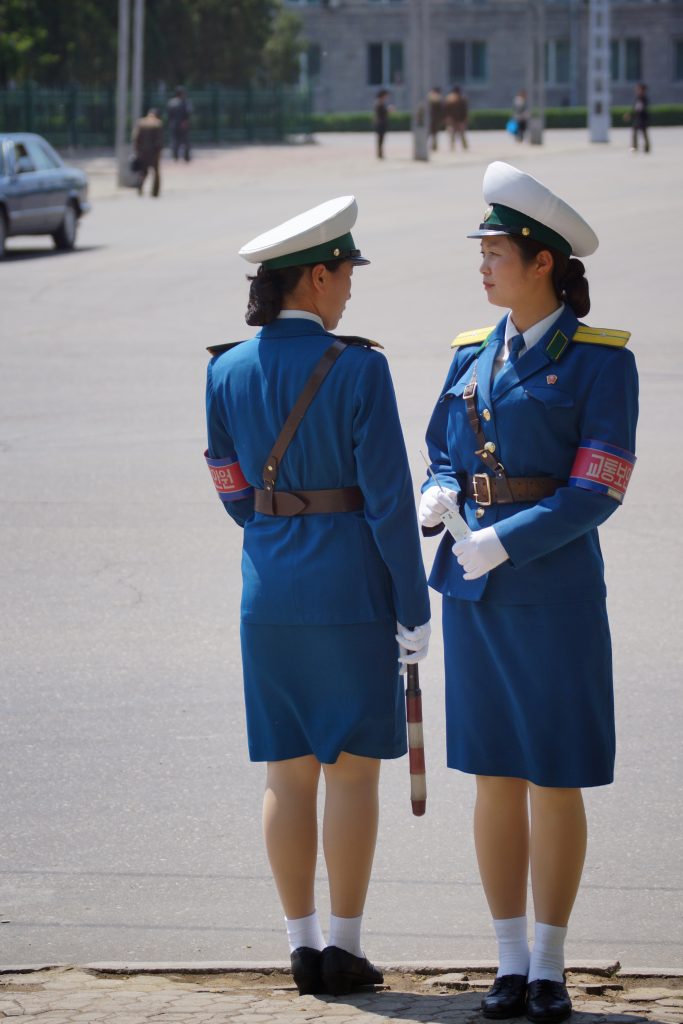
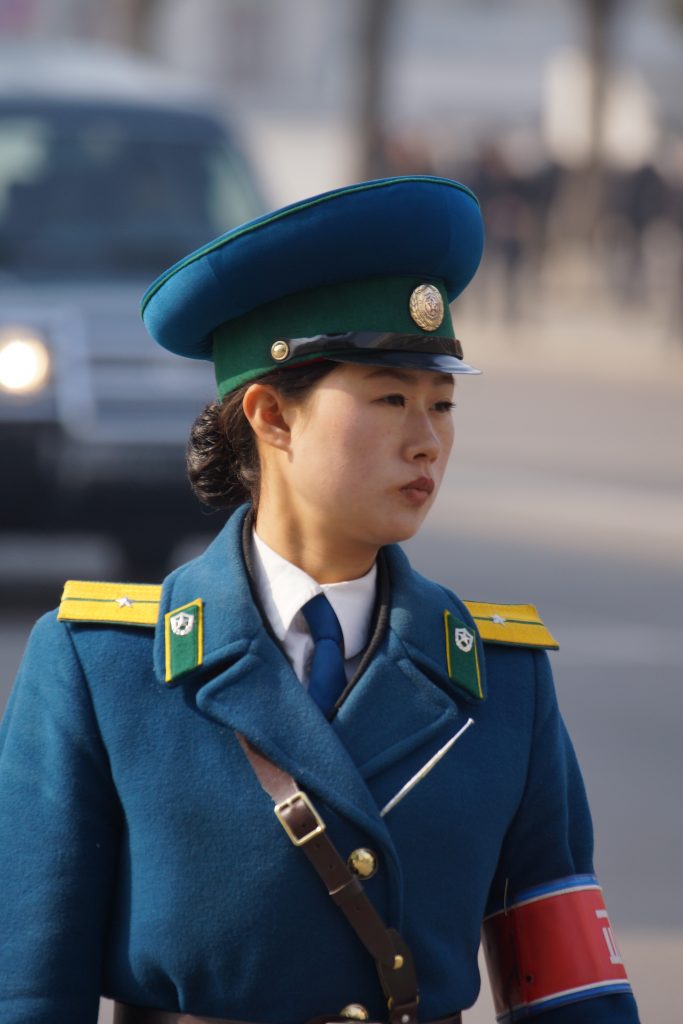
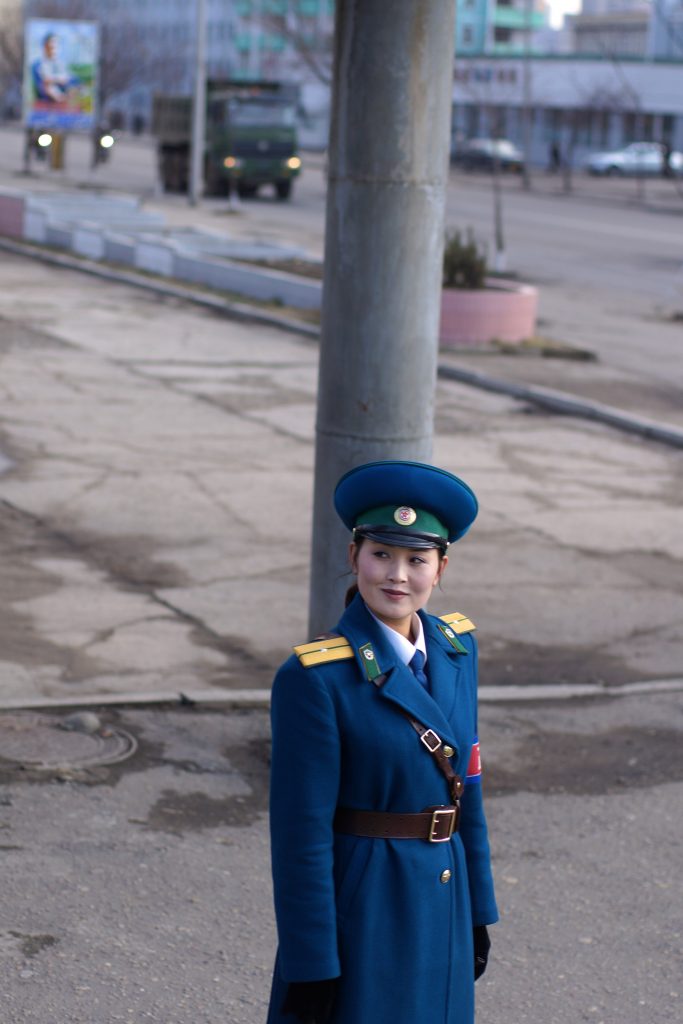
Usually selected for their good looks, height and the passing of rigorous tests, being a traffic girl in the DPRK is one of the most prestigious and highly sought-after jobs in the country.
Potential North Korean traffic girl recruits usually begin their formal training at the age of 17 after finishing school.
In around 2009, the DPRK began to modernize its road infrastructure, especially in the capital of Pyongyang, with the installation of automatic traffic lights at major intersections. This began the decade’s trend to follow, which would see a decreasing number of North Korean traffic cops on the streets of North Korea
Driving in Pyongyang and Following the Rules of the Road
If you happen to find yourself driving in Pyongyang and end up at an intersection where the flow of traffic is being directed by a traffic girl, you will need to understand her various signals to make sure you are following the correct order of traffic.
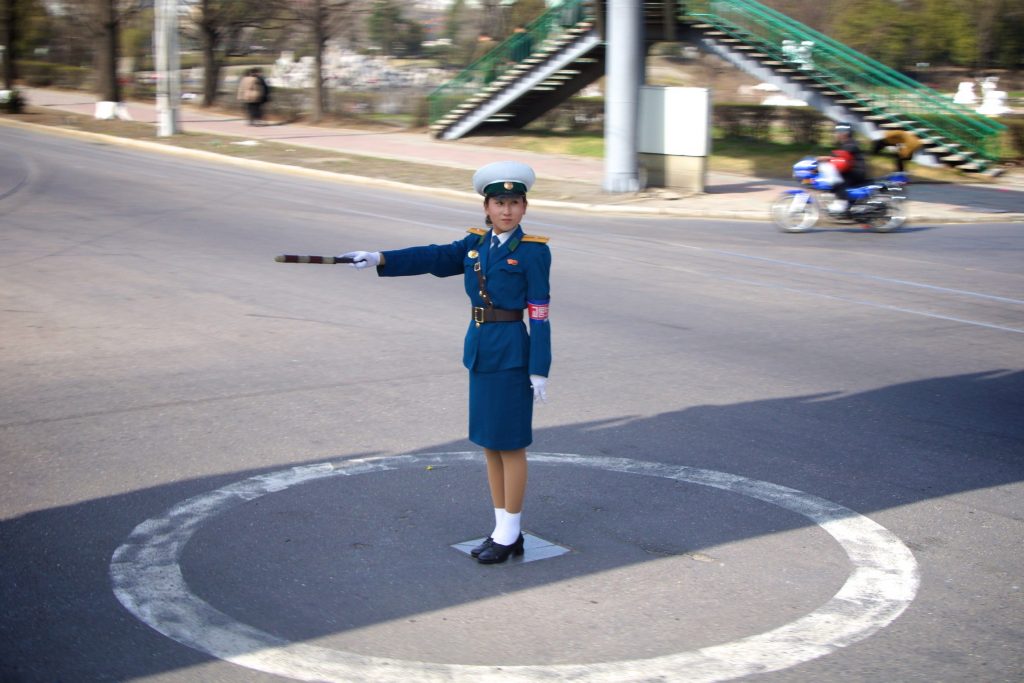
- If the traffic officer is facing you or has her back to you, this means to stop as traffic from the right or left has the right of way.
- If the traffic officer raises her baton in the air, this means a right-of-way change is about to occur.
- A baton held out indicates that you are able to complete a turn through the intersection.
Traffic Police Outside of Pyongyang
Outside of the capital of Pyongyang, automatic traffic lights are virtually non-existent, and the hard work of enforcing traffic rules is enforced in the old fashion way.
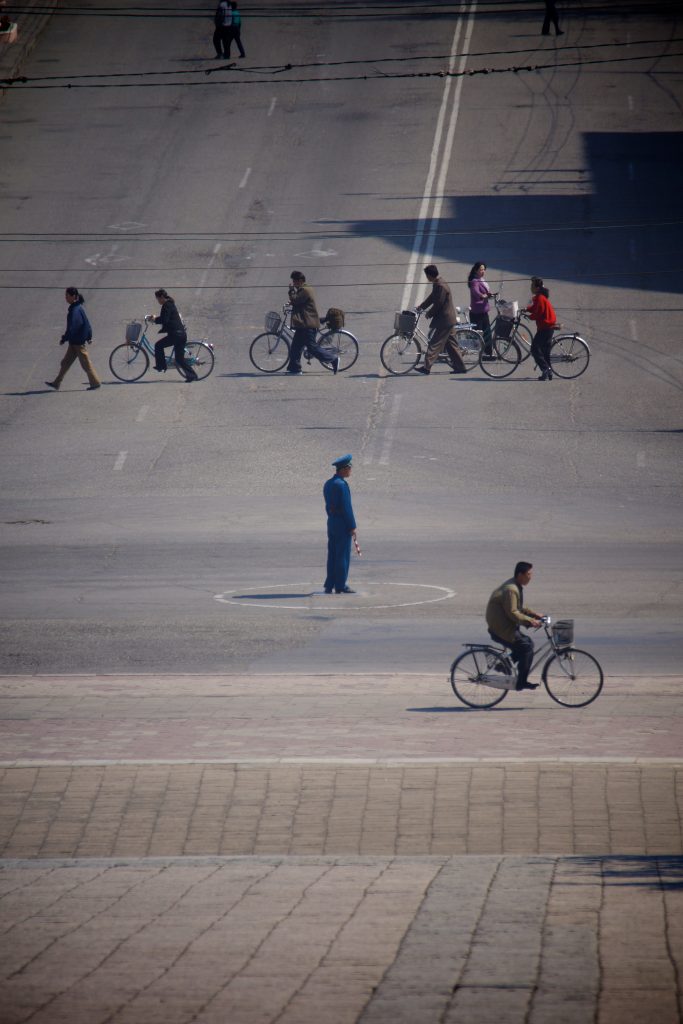
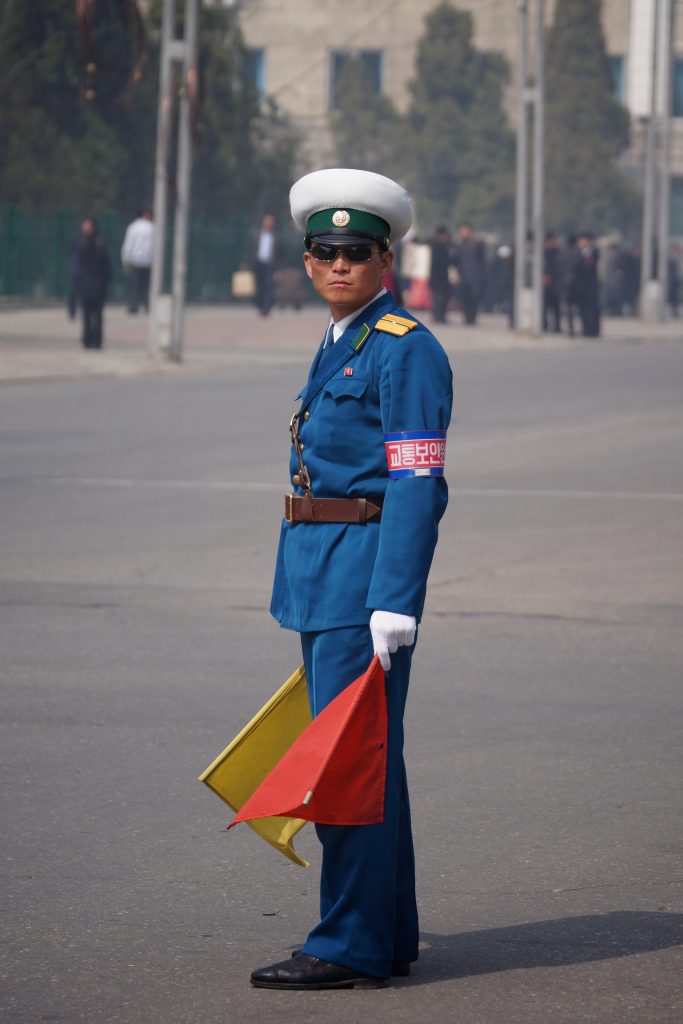
Pictured Above: A Male traffic officer conducts traffic in Kaesong City.
However, in provincial capitals and rural North Korea, seeing female traffic officers is quite rare, and instead, male traffic officers do the bulk of the work. So, you could call them North Korean traffic cops when outside of the big smoke.
The Story of Ri-Kyong Sim
Of all North Korean traffic girls, Ri-Kyong Sim is perhaps the most famous of them all.
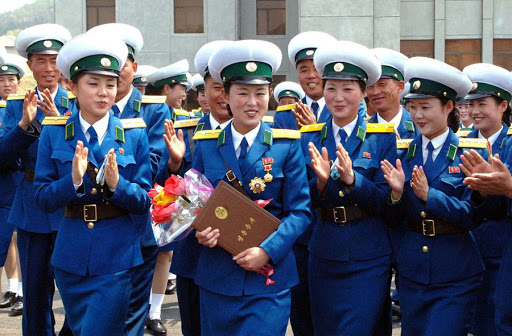
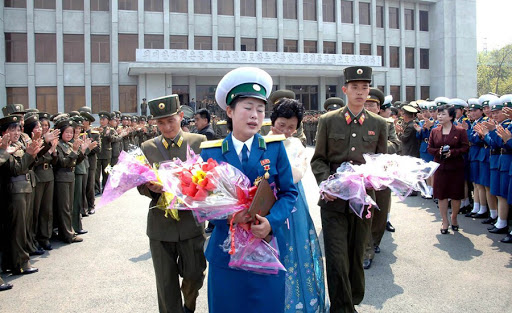
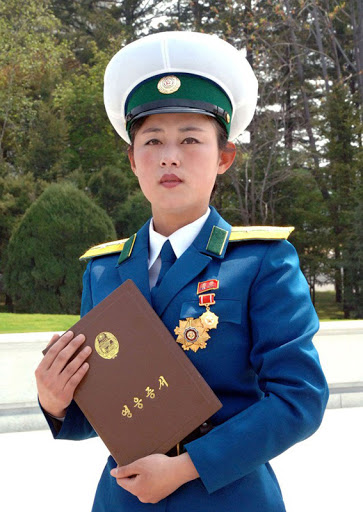
Pictured Above: Ri-Kyong Sim receiving her award.
On May 5th, 2013, she was awarded one of the highest accolades in the DPRK, the “Hero of the Republic” order. The award is usually for heroic acts during a time of war or to acknowledge significant contributions to the country and the Party’s development.
Ri received the award for “death-defyingly protecting the leader in an unexpected situation,” according to North Korean state media. What this North Korean traffic cop actually did is largely unknown, but we like to thing it was a cool story.
Following the award ceremony, she had a brief stint as a North Korean media star, being interviewed over eight times.
The Future of North Korean Traffic Cops 2024
In mid-2019, there was a noticeable decrease in the amount of North Korean traffic girls on the streets of the capital.
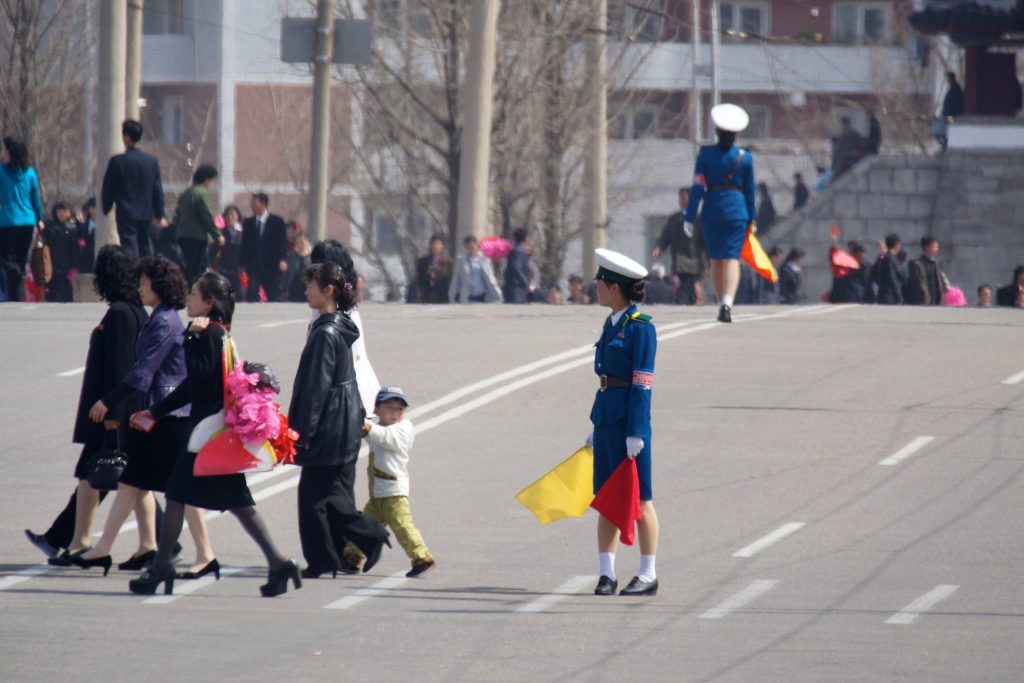
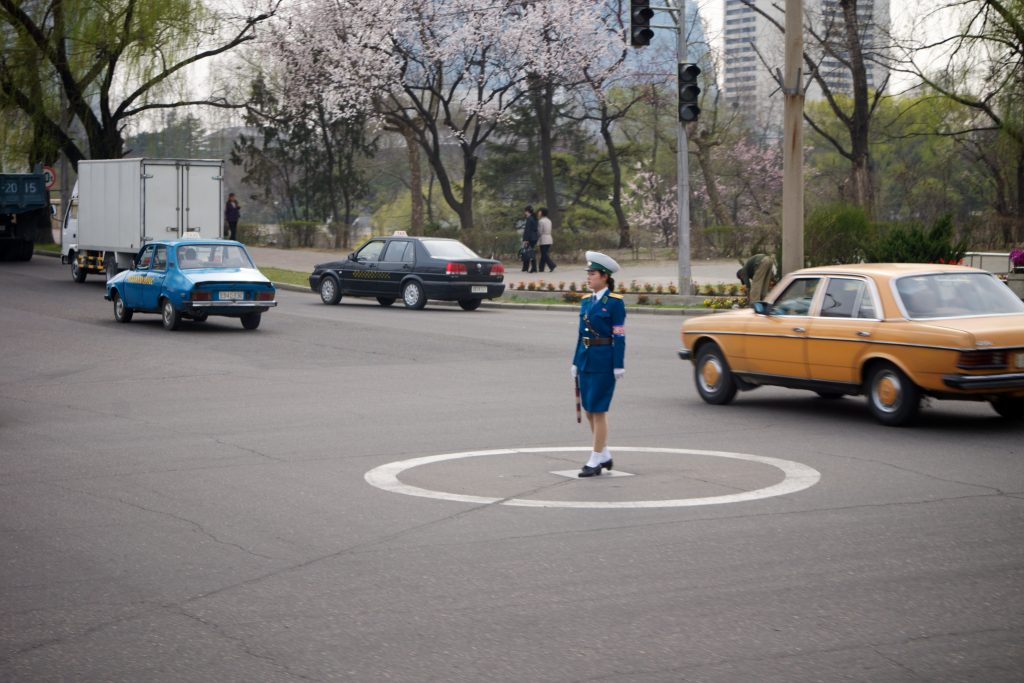
Kim Jong Un noted that for the health and safety of the woman of the DPRK, they should be relieved from doing the hard work of enforcing the rules of the road and will be replaced by the growing number of traffic lights and male officers.
With Korea’s blazing hot summers and frigid winters, of course, the work of being a traffic officer is not an easy task requiring you to stand on your feet all day taking whatever mother nature may throw at you.
Of course, they still exist, and you will occasionally see them performing their famous role on your tour to North Korea if you are lucky, but the days of the ladies in blue dotting the cities’ intersections seem to be long gone.
Traffic Girls in North Korean Popular Culture: A Traffic Controller at the Crossroads
In addition to the story of Ri-Kyong Sim, North Korean traffic girls also had a stint of stardom in North Korean popular culture in the late 1980s with the release of the movie A Traffic Controller at the Crossroads or 네거리에 초병.
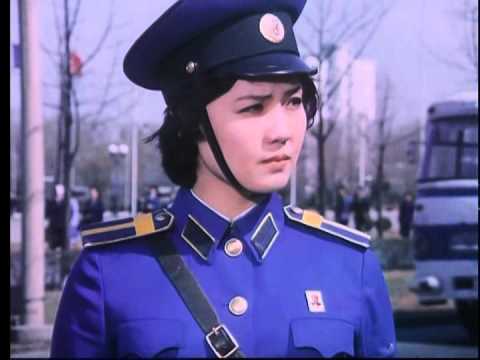
This film is a sweet story with a message about the greater good. We follow the story of a newly recruited female traffic supervisor who must force back her guilt and desire to break the rules for personal benefit.
You can watch the full film below!
The country still produces many propaganda posters commemorating the work of North Korean traffic girls, and they are available to be purchased by tourists! Keep an eye out while visiting the Foreign Language Bookshop in Pyongyang and the DMZ souvenir shop at Panmunjom.
